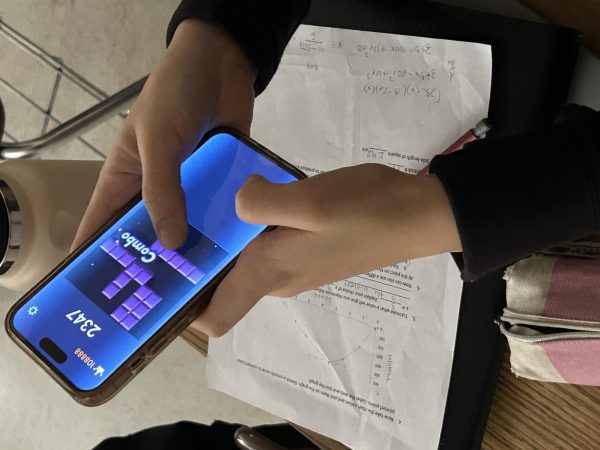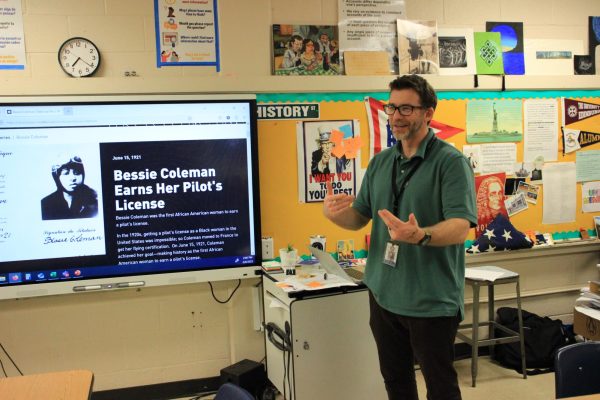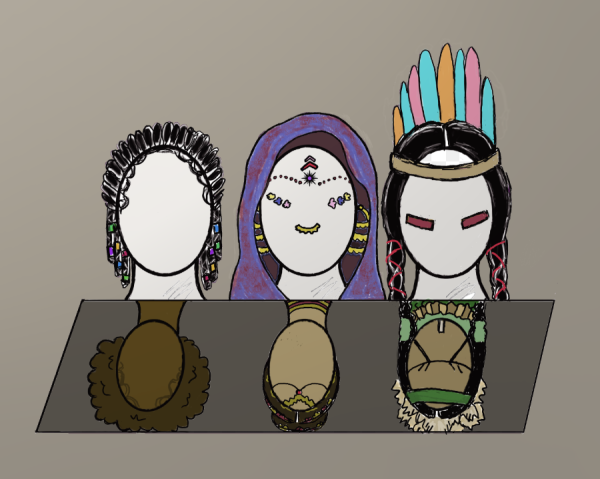The daylight saving time disappearance
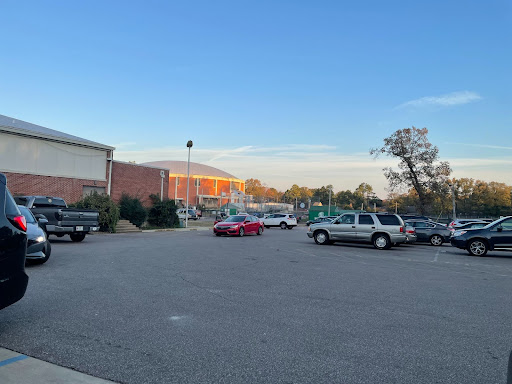
With clocks falling back, mornings are much brighter. This photo was taken at 6:55 a.m., shortly before school starts.
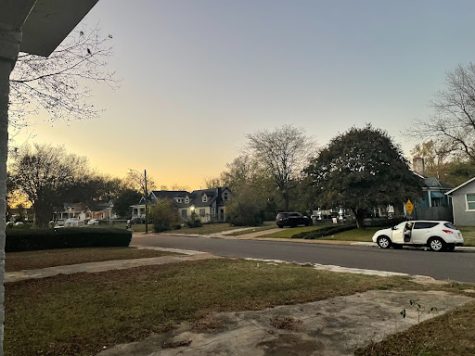
(EVAN EASLEY//THE SCROLL)
Since 1918, daylight saving time has changed our clocks backwards and forwards during spring and fall. However, this year may be the last time the U.S. saves daylight.
On March 13 and Nov. 6, clocks are set forward and back respectively, to facilitate “daylight saving time,” a long-standing practice that effectively gives people another hour of daylight. The “fall back” portion of daylight saving time recently occurred, which means that clocks were set back one hour. People got another hour of sleep at the cost of their daily rhythm being disrupted by the shift in sunset and sunrise times.
“[Daylight saving time] makes late afternoon feel like nighttime,” Jackson Slaughter (10) said. “That kind of messes with your head a bit. Also, because we go to school so early, the sun is right in your eyes [when we wake up].”
Sunset typically happens shortly after students get home from school, which gives them less time to be outside while the sun is still out. Many feel that the difference between a 6:00 p.m. sunset and a 5:00 p.m. sunset is staggering.
“You don’t have a lot of time after school to play outside,” Youheng Zheng (9) said. “It gets dark after about two to three hours [after leaving school].”
The earlier nighttimes can confuse students’ brains into thinking it is much later than it really is. Some students find themselves going to sleep earlier because of how quickly night time comes.
“If anything I sleep earlier now, because the sun goes down earlier,” Summer Cherry (11) said.
A person’s circadian rhythm or sleep cycle can be very fragile if it has been trained for months. With the sudden shift an hour back, some students feel more tired in the first days into the transition.
“It messes with everyone’s sleep schedule and makes their bodies uncomfortable,” Zheng said. “There’s no point [to continuing daylight saving] in the modern era.”
Daylight saving time has its roots in World War I, in which it was used to save power by effectively getting another hour of daylight. Many countries still practice daylight saving time, but its practicality has begun to wane.
“I believe we should drop it,” Cherry said. “It has no effect on our daily lives.”
Last year, the Sunshine Protection Act was created. If this bill was passed, this year would be the last time daylight saving time was used in the United States. The bill would come into effect Nov. 2023 if passed.
“[Getting rid of daylight saving time] just streamlines everything,” Slaughter said. “There’s really no purpose anymore in our modern interconnected society.”
Your donation will support the student journalists of White Station High School. Your contribution will allow us to purchase equipment and cover our annual website hosting costs.




































